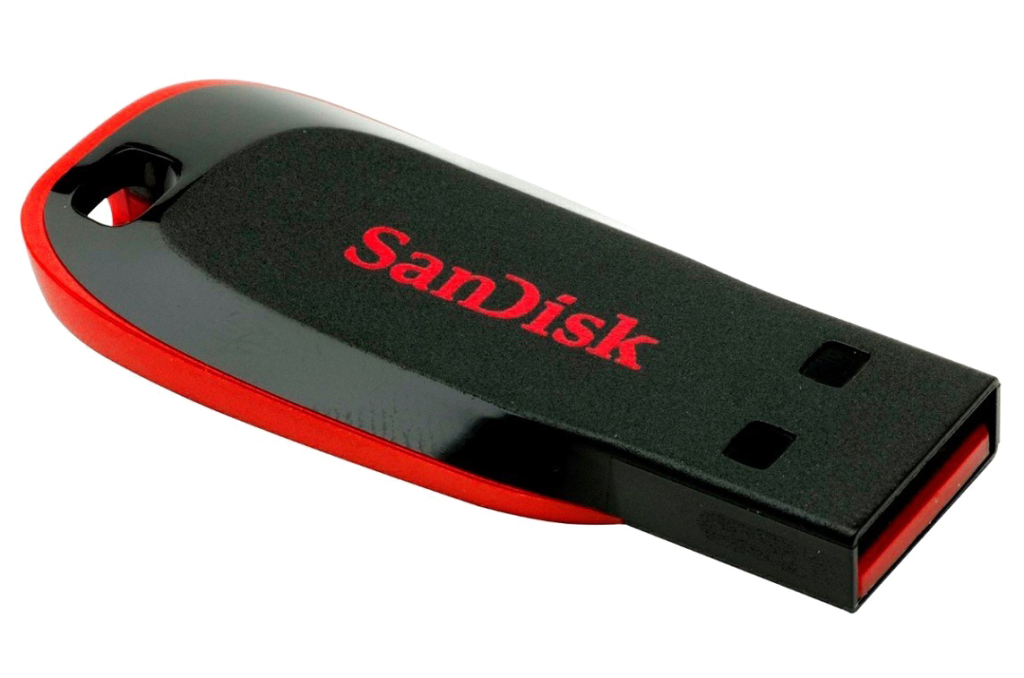The pendrive has revolutionized data handling by providing efficient, portable, and secure storage for documents, photos, music, and videos. This small device has changed the way we interact with information and share it across devices. This blog explores the pendrive’s history, uses, and impact on modern society.
The concept of portable data storage can be traced back to the late 20th century when bulky floppy disks were commonly used. However, the breakthrough in data portability came in the late 1990s with the invention of the Universal Serial Bus (USB). This innovation allowed devices to connect and communicate with each other effortlessly.
In 1999, IBM and Trek Technology created the first-ever USB flash drive, the “DiskOnKey,” with an 8MB storage capacity. This revolutionized the industry, leading to the development of various pendrives and USB flash drives.

With cheaper costs, lower power requirements, and smaller sizes made possible by advancements in semiconductor device fabrication techniques, flash memory combines a variety of older technologies. The memory storage was built using EEPROM and EPROM technology from prior times. These had a small storage capacity, requiring complicated high-voltage drive circuitry, read and wrote slowly, and could only be re-written after wiping the chip clean of all data.
Later, hardware engineers created EEPROMs with an erasure region divided into tiny “fields” that could each be erased independently of the others. To change the data in a specific memory location, the entire field had to be copied into an off-chip buffer memory, erased, and then the data had to be modified as needed in the buffer before being rewritten into the same field. This necessitated a lot of computer assistance, and PC-based EEPROM flash memory systems frequently had separate microprocessor systems. A more or less miniature form of this are flash drives.
SIZE AND DESIGN
USB flash drives typically weigh under 30 g (1 oz) and come in various housings, varying in size and memory. Some manufacturers use elaborate housings, making it difficult to connect to USB ports, while others compete for the smallest size and largest memory. However, plugging a flash drive into one USB port may block a nearby port due to the close proximity of connectors. Only with a separate extension cord can the USB logo be displayed. USB flash drives have been integrated into everyday items like watches, pens, laser pointers, and Swiss Army knives, and have also been given novelty cases like toy cars or Lego blocks. In Asia, USB flash drives often feature images of dragons, cats, or aliens. They are popular accessories for case modding due to their compact size, durability, and low cos
Frequently Asked Questions (FAQs) about Pendrives
1. What is a pendrive, and how does it work?
Ans : A pendrive, also known as a USB flash drive or thumb drive, is a portable data storage device using flash memory technology. It connects to a computer or compatible devices via a USB port, enabling users to store, transfer, and access data.
2. How much data can a typical pendrive hold?
Ans : Pendrives come in various storage capacities, ranging from MB to TB, with advancements in technology enabling higher-capacity pendrives.
3. How do I format a pendrive?
Ans : To format a pendrive, plug it into your computer’s USB port and open the file explorer. Right-click on the pendrive’s icon, select “Format,” and choose the desired file system (e.g., FAT32, exFAT, NTFS). Note that formatting erases all data on the pendrive, so make sure to back up any important files before proceeding.
4.. Can I use a pendrive as a permanent storage solution?
Pendrives are suitable for temporary data storage, but not for long-term, permanent storage. For important files and backups, external hard drives or cloud-based solutions offer larger capacities and better durability.
Affiliate Disclosure: The links in this page/site are affiliate links, which means that if you choose to make a purchase thereafter, I will earn a commission on sale. This commission comes at no additional cost to you. Results are not typical and do not guarantee you will achieve the same results. Wherever required, please make your own due diligence before taking any action and may contact domain experts if required.
